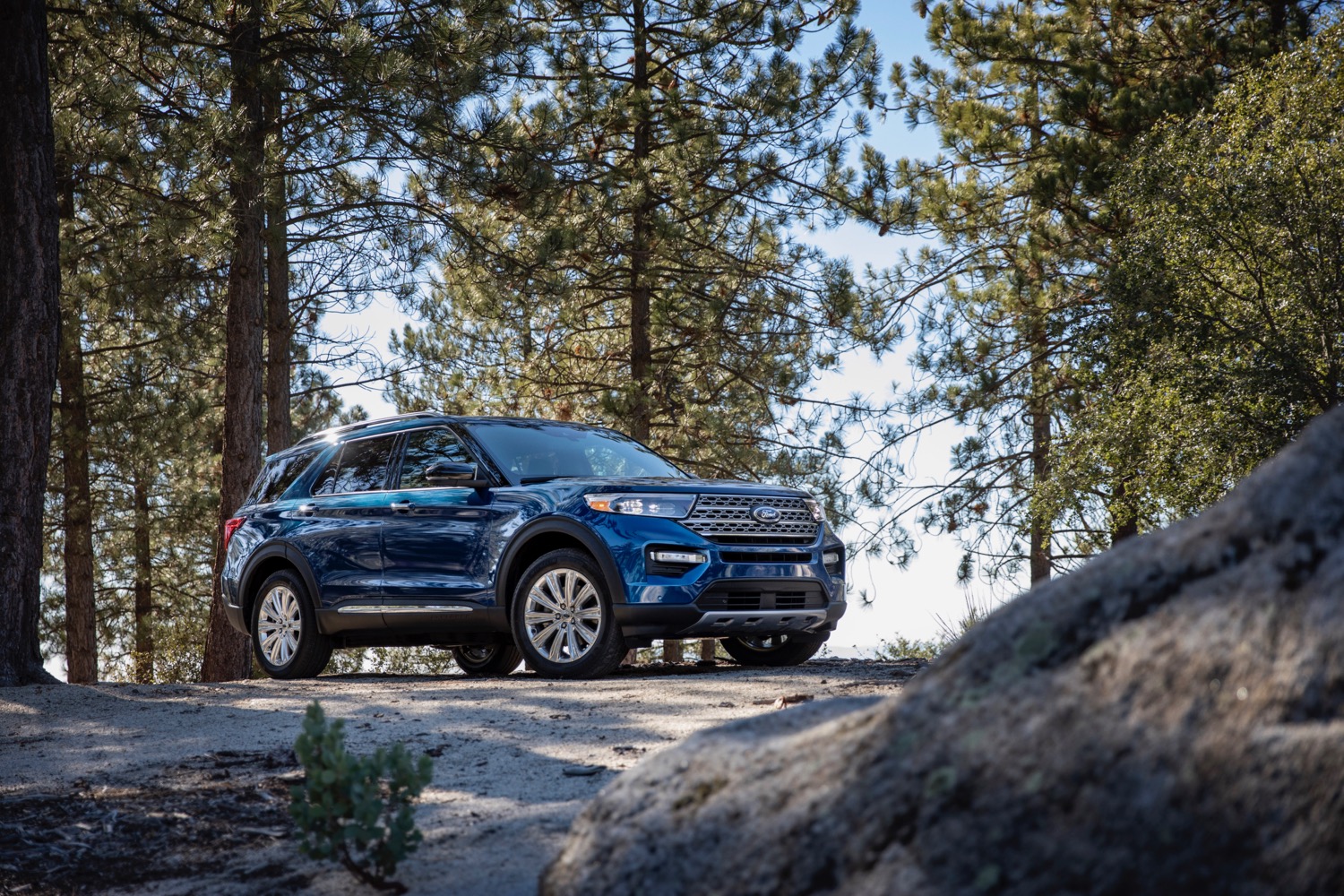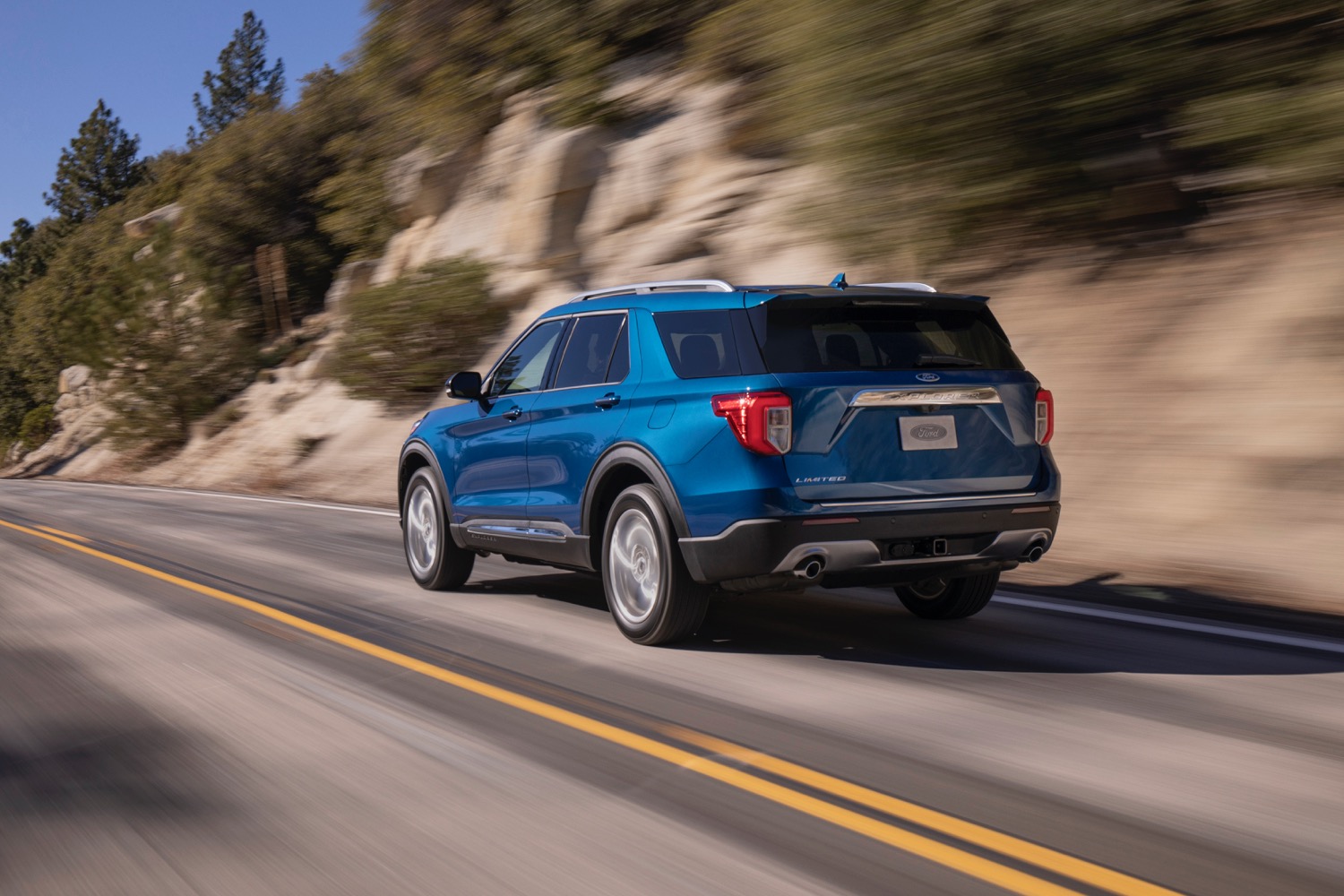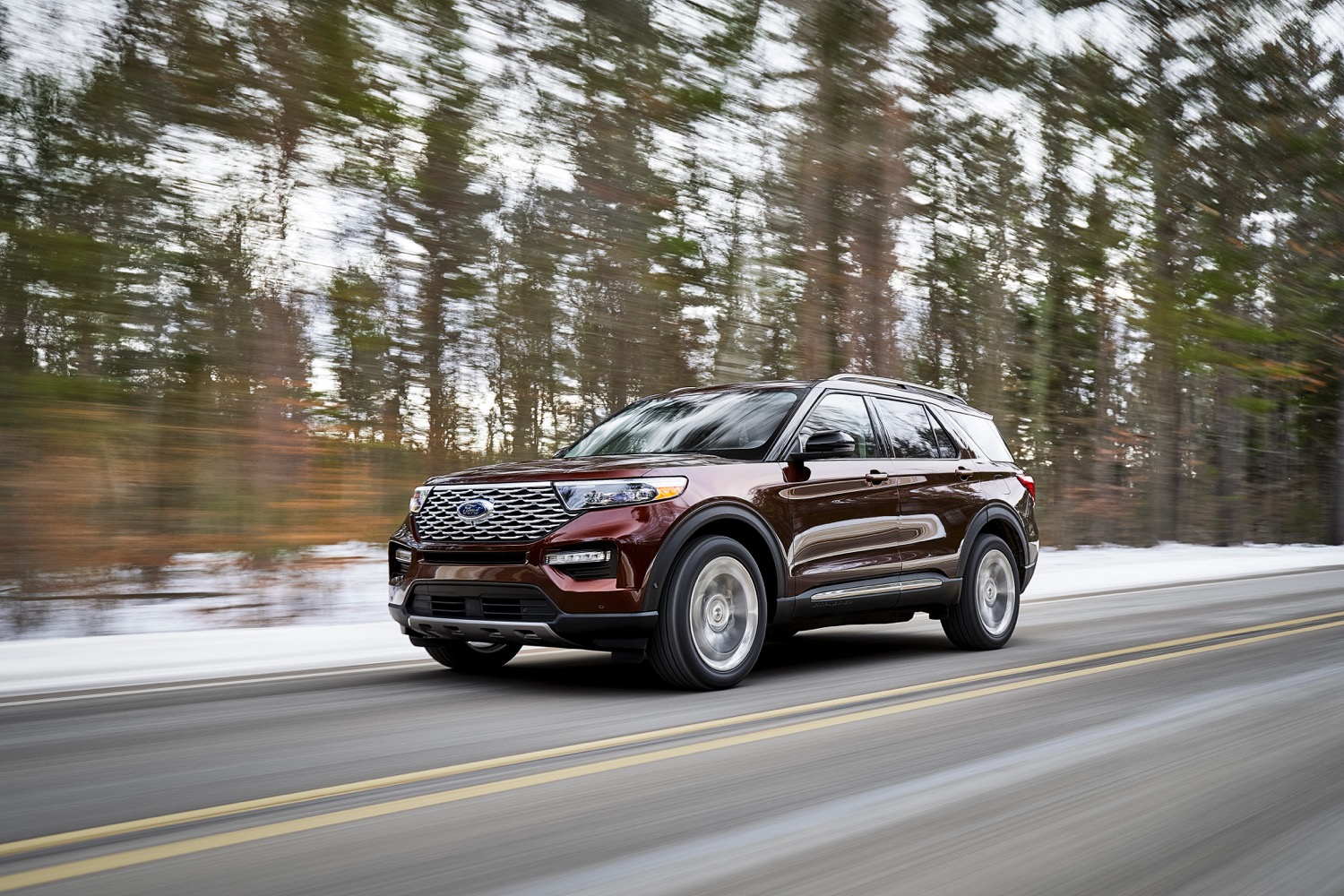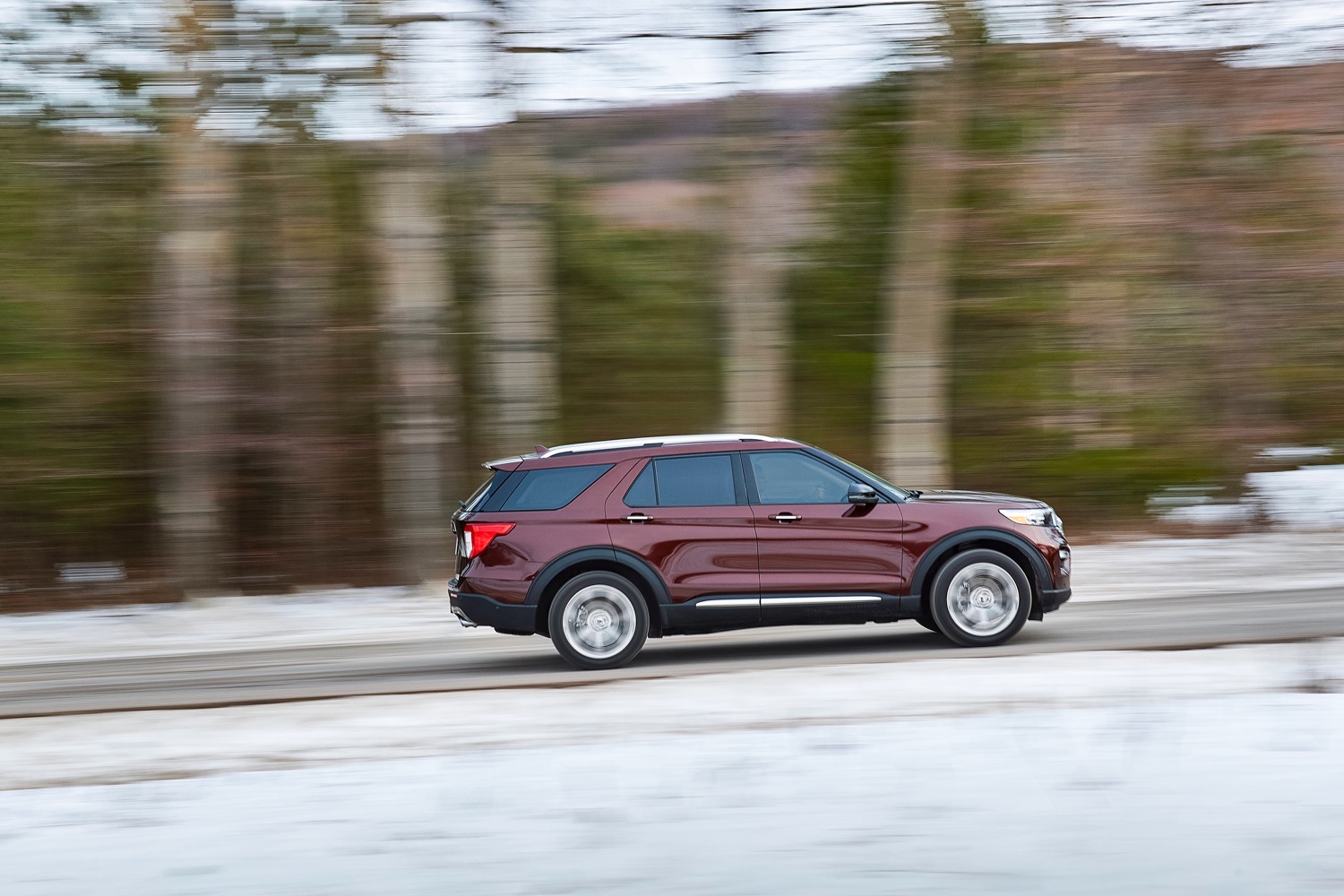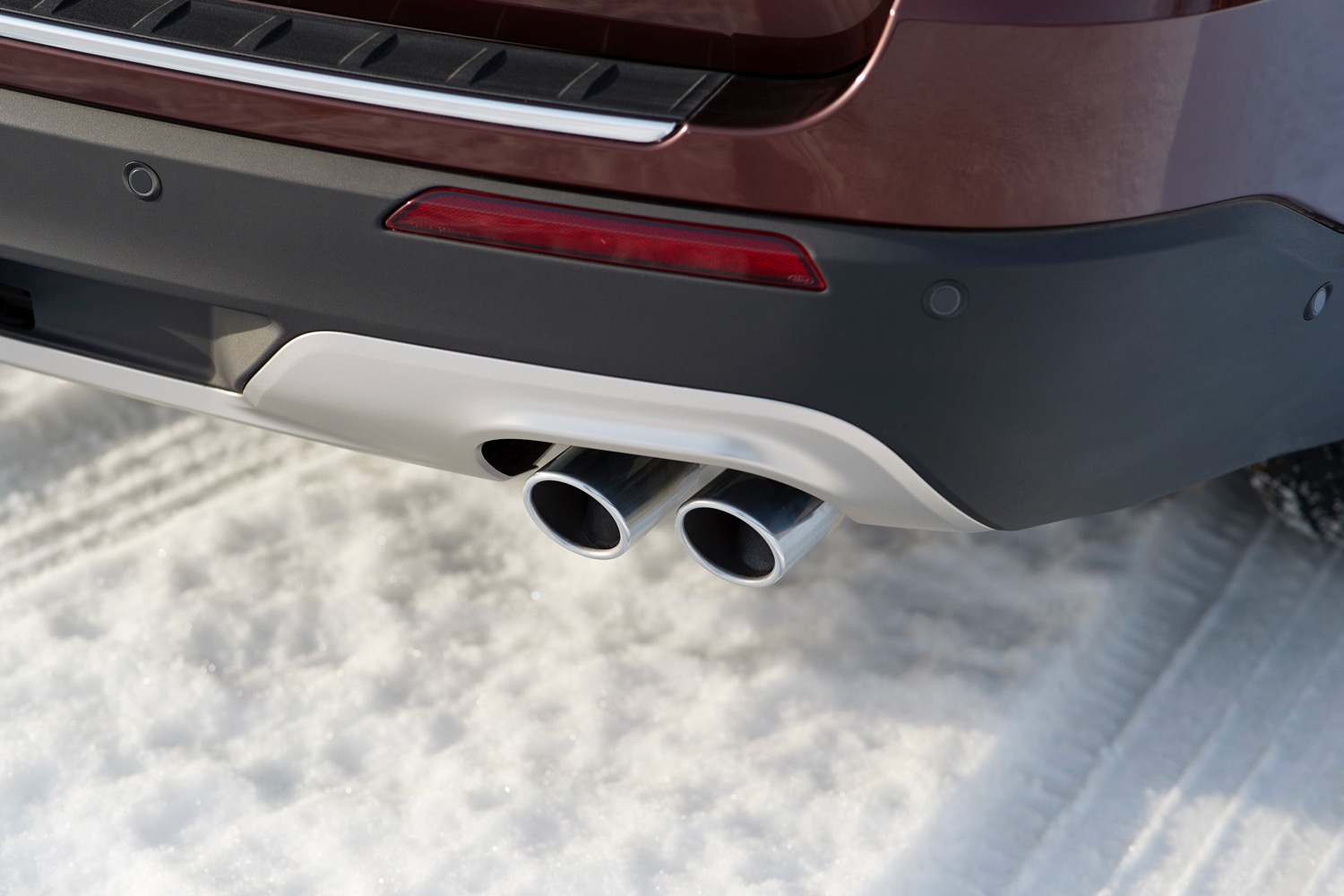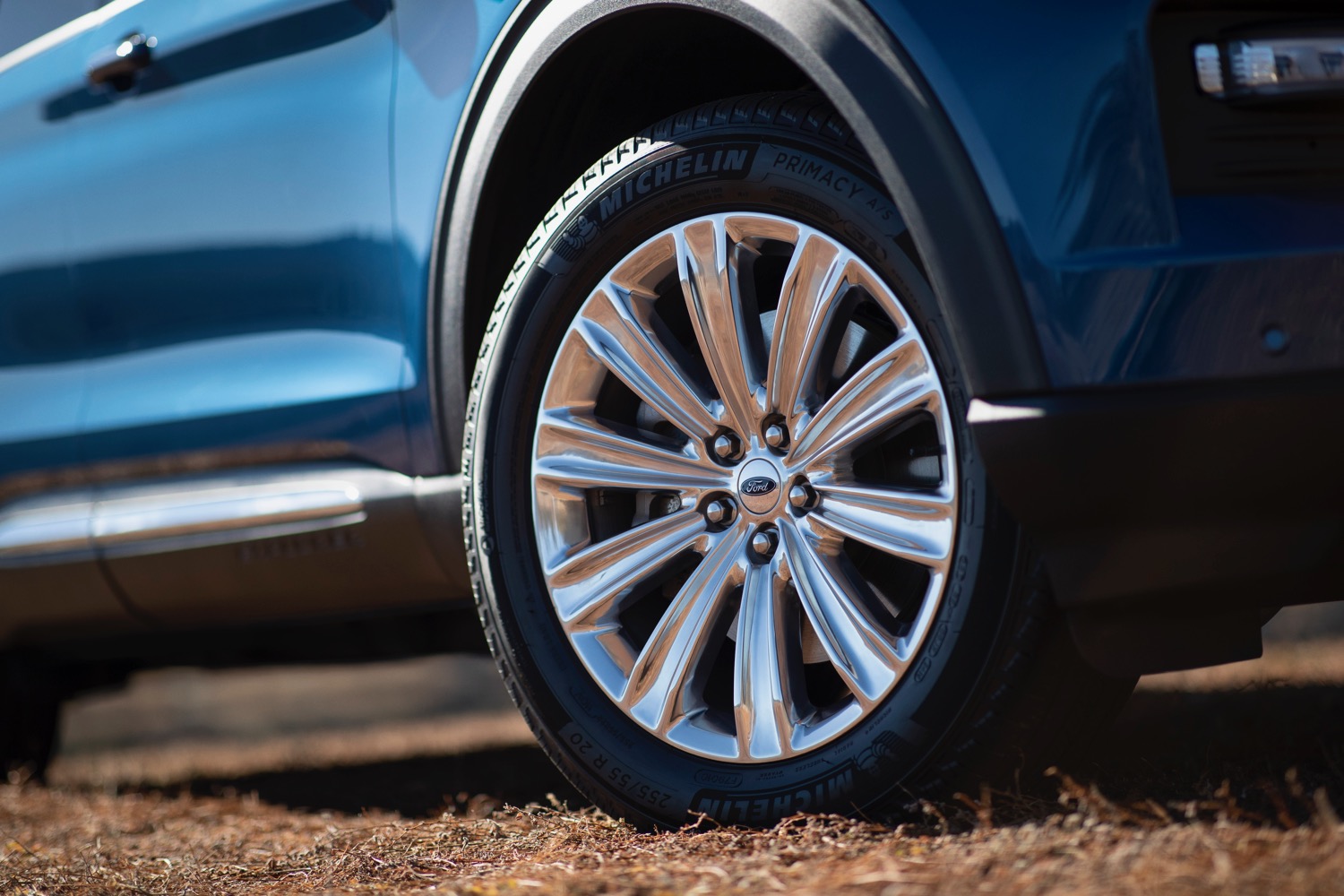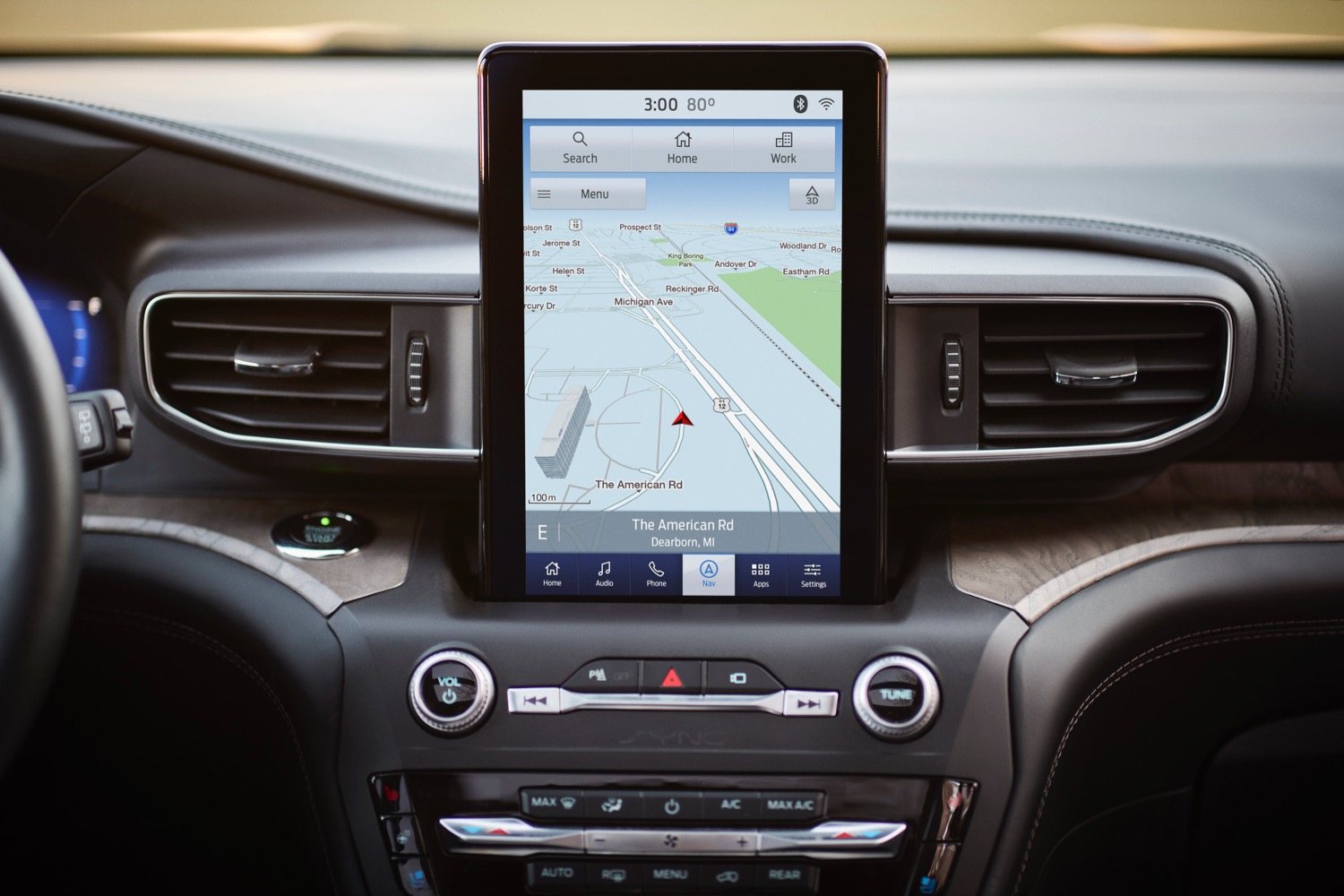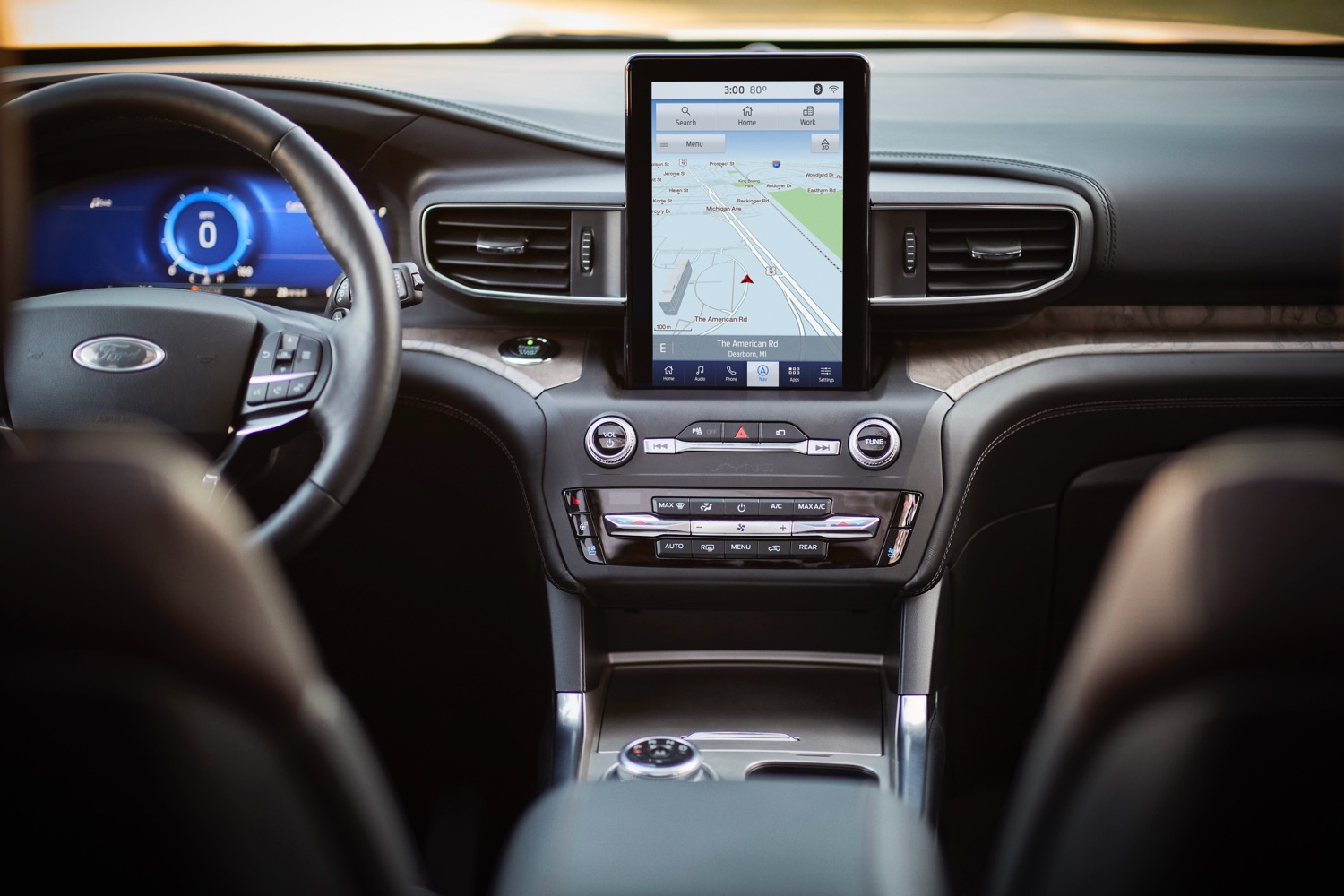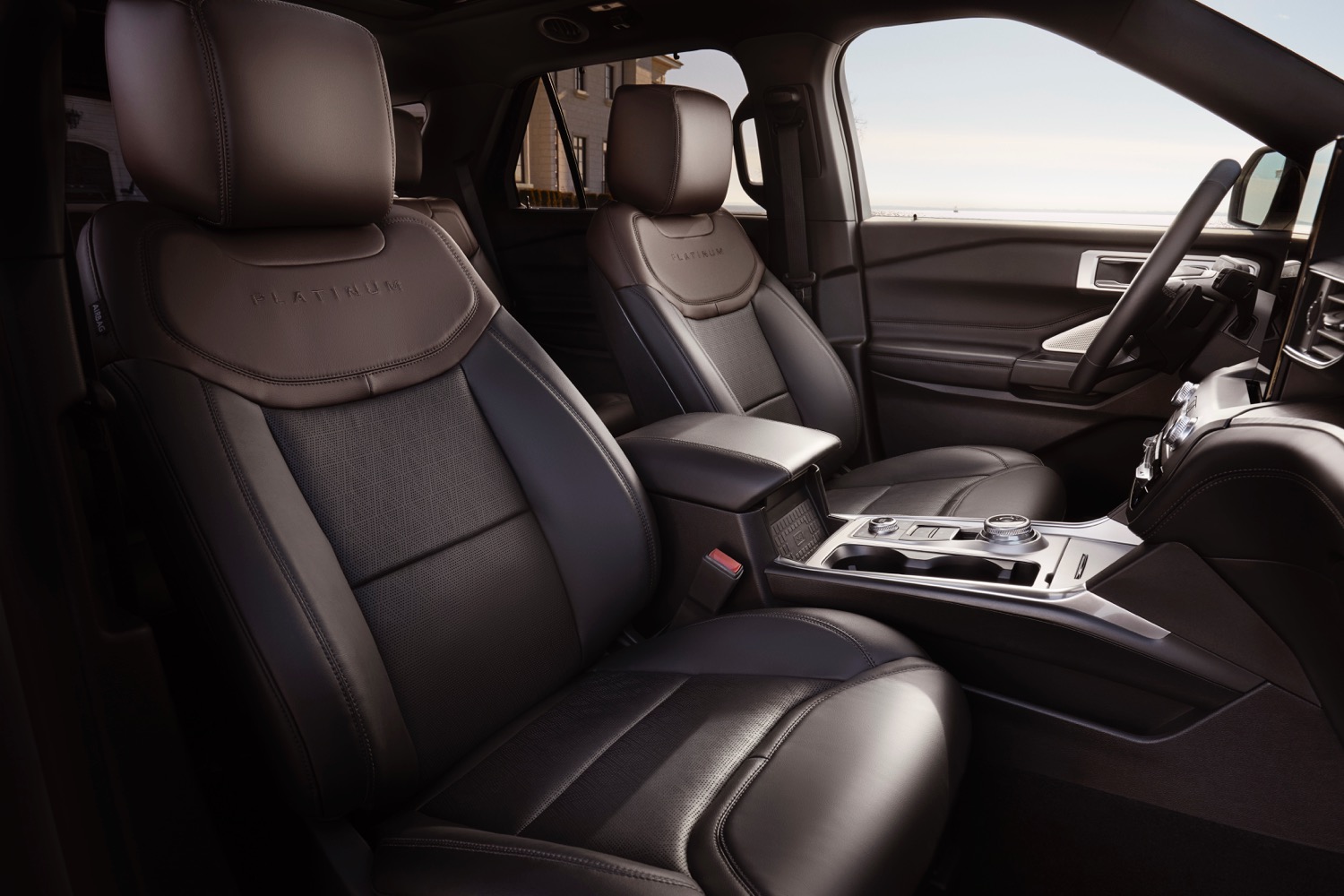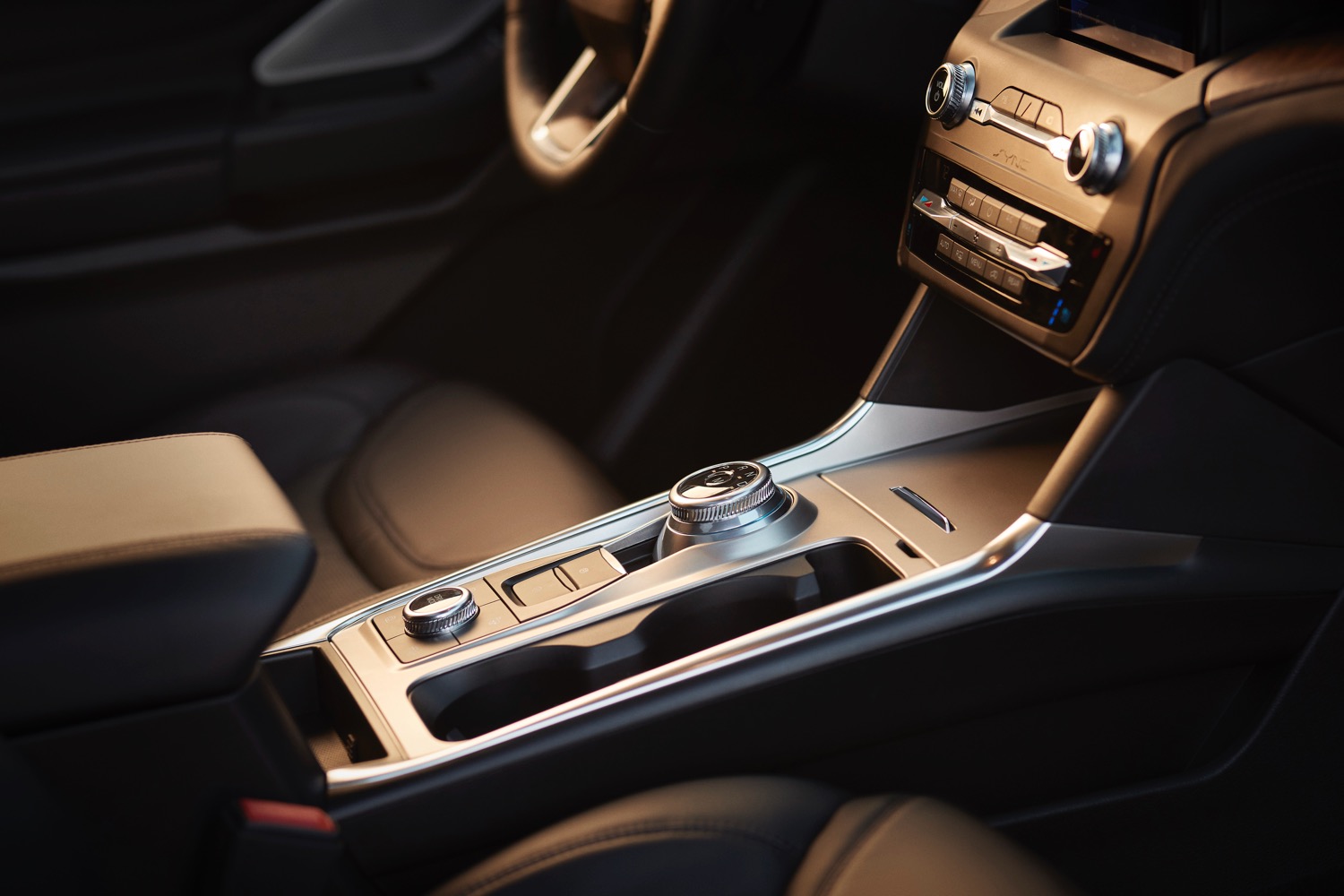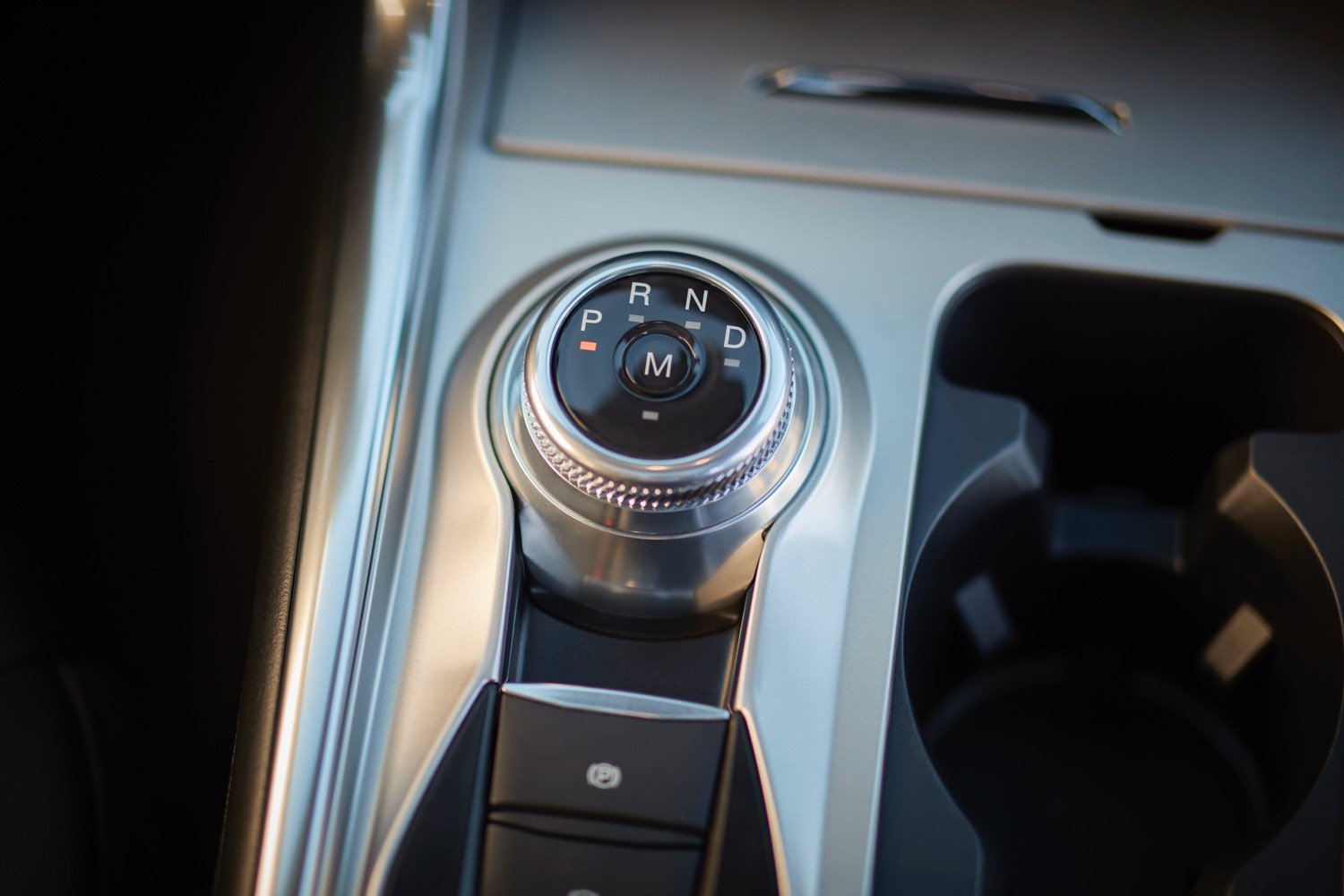The redesigned 2020 Ford Explorer isn’t the most exciting vehicle, but it is important. Buyers are ditching cars in droves, opting for crossovers and SUVs. So is Ford: The automaker plans to stop selling virtually all cars in the United States. At least Ford tried to make the 2020 Explorer, which debuts at the 2019 Detroit Auto Show and goes on sale this summer, into a more well-rounded vehicle.
We’ve already gotten a glimpse of the new Explorer in the form of the 2020 Ford Police Interceptor Utility, an Explorer-based cop car. The Explorer is still a car-like crossover, which may upset purists looking for a return to the vehicle’s body-on-frame SUV roots. But the 2020 Explorer moves to a new rear-wheel drive platform that Ford claims will improve performance both on-road and off-road.
Off-road capability wasn’t really a priority for the previous-generation Explorer, but Ford did try to bake some ruggedness into the new model. It probably won’t be a match for a Jeep Wrangler, but the 2020 Explorer does get the Terrain Management System from the Ranger and F-150 Raptor pickup trucks. This automatically adjusts different vehicle parameters, depending on the terrain.
The Explorer also gets sporty ST and efficiency-minded hybrid variants for the first time. The ST boasts 400 horsepower and a 143-mph top speed, according to Ford, but, given our experience with the Edge ST crossover, we’re keeping our expectations in check.
Ford will offer two engines in the base 2020 Explorer. A 2.3-liter twin-turbocharged four-cylinder that produces 300 hp and 310 pound-feet of torque is standard. An optional 3.0-liter twin-turbocharged V6 makes 365 hp and 380 lb-ft, but only on 93-octane gasoline, according to Ford.
On the inside, the Explorer can be equipped with a 10.1-inch portrait touchscreen and a 12.3-inch digital instrument cluster. The infotainment system is Ford’s familiar Sync 3, with Apple CarPlay, Android Auto, Waze, and a built-in Wi-Fi hot spot that can handle up to 10 devices. A 980-watt, 14-speaker B&O audio system is also available.
The Explorer comes standard with Ford’s Co-Pilot360 suite of driver aids, including autonomous emergency braking, forward collision warning, blind spot monitoring, lane keep assist, a rearview camera, and automatic high beams. Optional features include adaptive cruise control (which can read road signs to determine the speed limit), Evasive Steering Assist (increases power-steering boost during emergency maneuvers) and Post-Impact Braking (automatically applies the brakes after a crash to prevent secondary collisions). An optional park-assist system can automatically parallel or perpendicular park the Explorer, Ford boasts.
Pricing for the 2020 Ford Explorer will be revealed closer to the model’s summer launch. In the meantime, the Explorer will share the Detroit stage with the Ford Shelby GT500 Mustang. At over 700 hp, it will be the most powerful production Mustang ever. We know which one we’d rather take home.

